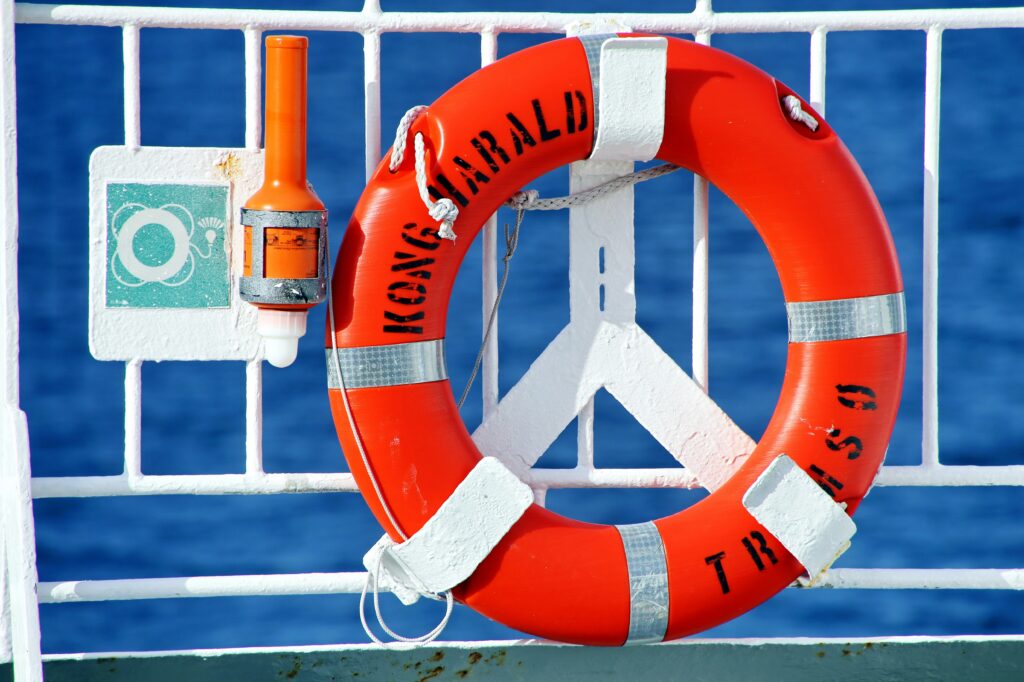
No matter how much the world changes, one thing that stays consistent is the importance of personal safety. With a little knowledge and some proactive measures, you can significantly boost your odds of staying safe in various potentially dangerous situations. Here are ten easy yet potentially life-saving steps that everyone should know. From everyday precautions to emergency responses, these tips are designed to keep you safe and secure, whether at home or out in the big blue world.
1. Learn Basic First Aid
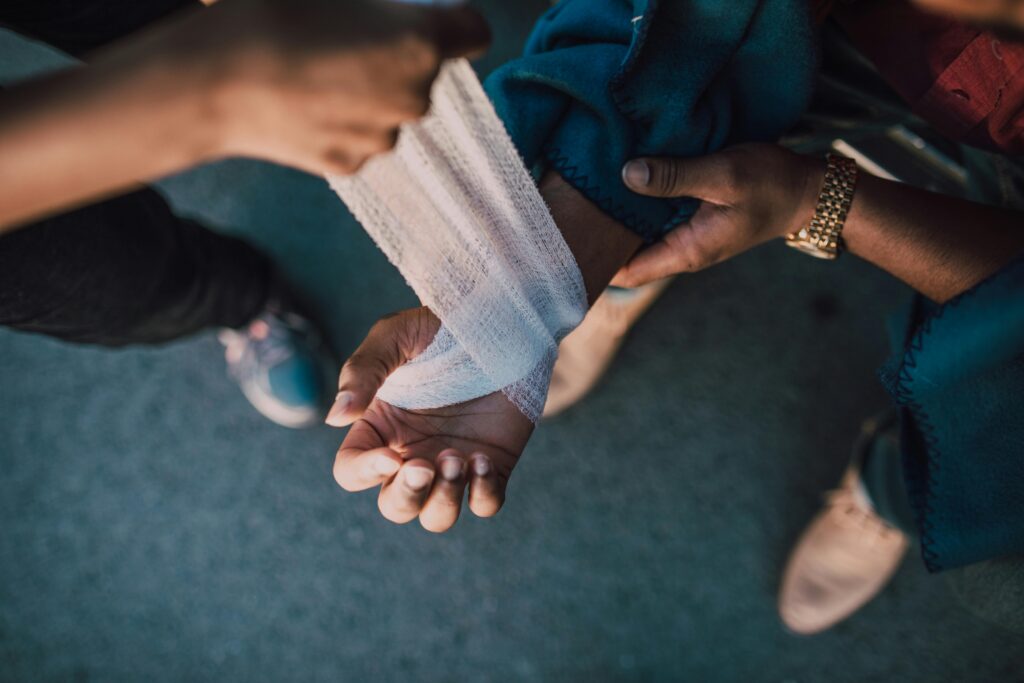
The weather is warmer now, so people are spending more time outside going on runs, hikes, and bike rides. Anything could happen while you are out, and basic first aid knowledge is invaluable in emergencies, especially when you’re alone. Many organizations offer courses in these critical skills, focusing on handling common injuries, such as cuts and burns. You can also find travel-size first aid kits at your favorite stores. Equipping yourself with this knowledge prepares you for emergencies and instills confidence to act under pressure.
2. Create an Emergency Plan

An effective emergency plan is a blueprint for keeping safe during unexpected situations like natural disasters or home fires. On your next day off, plan escape routes and pack emergency supplies like flashlights, batteries, and a first aid kit. Regularly review and practice your plan to reduce chaos and confusion when quick actions are needed.
3. Study Fire Safety Practices
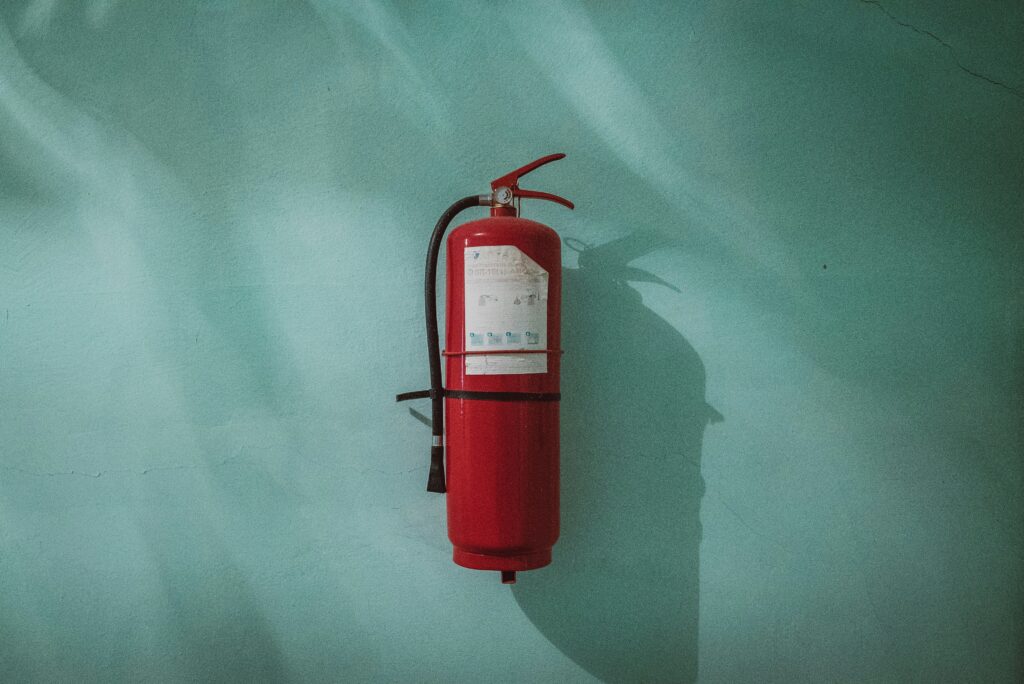
We’ve all set the fire alarm off while cooking in the kitchen. Understanding fire safety practices can prevent devastating damage to your lovely abode. This includes never leaving open flames unattended, practicing safe cooking habits, knowing how to use a fire extinguisher, and ensuring it’s up to date. Regular inspections of electrical appliances and heating sources can also prevent accidental fires. Also, here’s a friendly reminder: You cannot put out grease fires with water. Use baking powder, salt, or a fire extinguisher.
4. Install Smoke and Carbon Monoxide Detectors

Protecting yourself and your family from fires and gas leaks is critical. Install smoke and carbon monoxide detectors in key areas of your home, including near bedrooms and the kitchen. Test these devices monthly and replace batteries annually or as needed. These simple steps can alert you early to the presence of smoke or harmful gases, giving you enough time to evacuate safely.
5. Be Aware of Your Surroundings

Awareness is your first line of defense in maintaining safety. Stay informed about your environment and any potential hazards that can occur. If you’re out alone, look out for creeps who may be watching or following you. If you ever suspect someone is following your car, drive to the nearest police station to ward them off. Also, monitor weather updates during severe conditions and be aware of any safety alerts in your area. Apps and local news can provide real-time information that might prompt you to take action, such as seeking shelter during severe weather or avoiding areas with reported criminal activity.
6. Secure Your Living Space
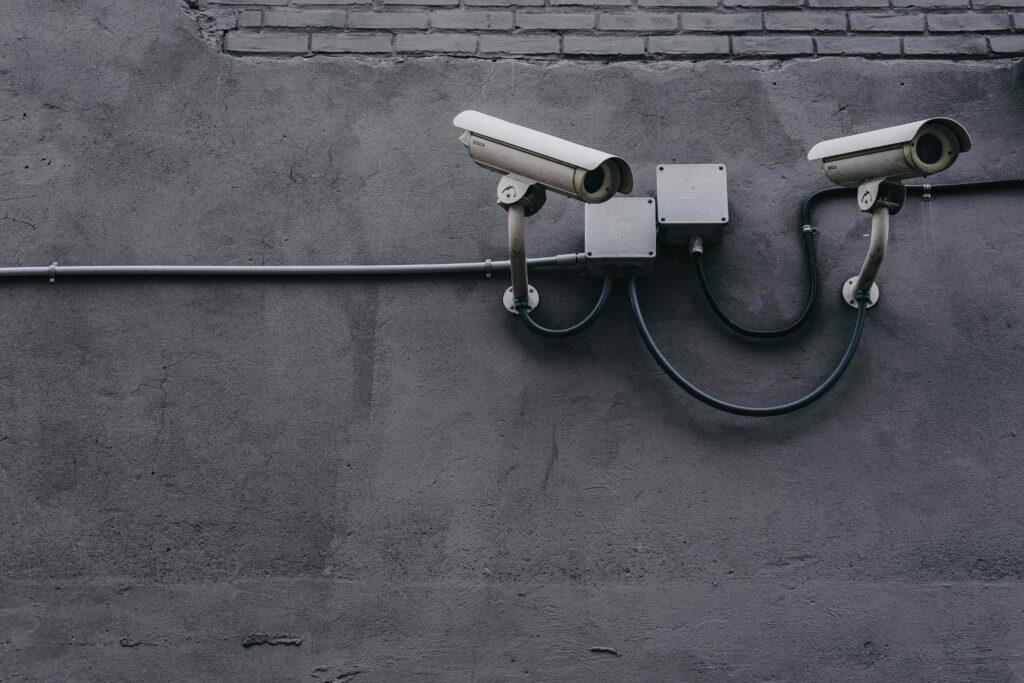
Securing your home from intruders is key to staying safe. Invest in quality locks for doors and windows and consider a security system that includes surveillance cameras. Remember to secure your digital space, like your Wi-Fi networks and personal data. Regular checks and maintenance of these security measures can thwart potential threats and provide peace of mind.
7. Master Self-Defense Techniques
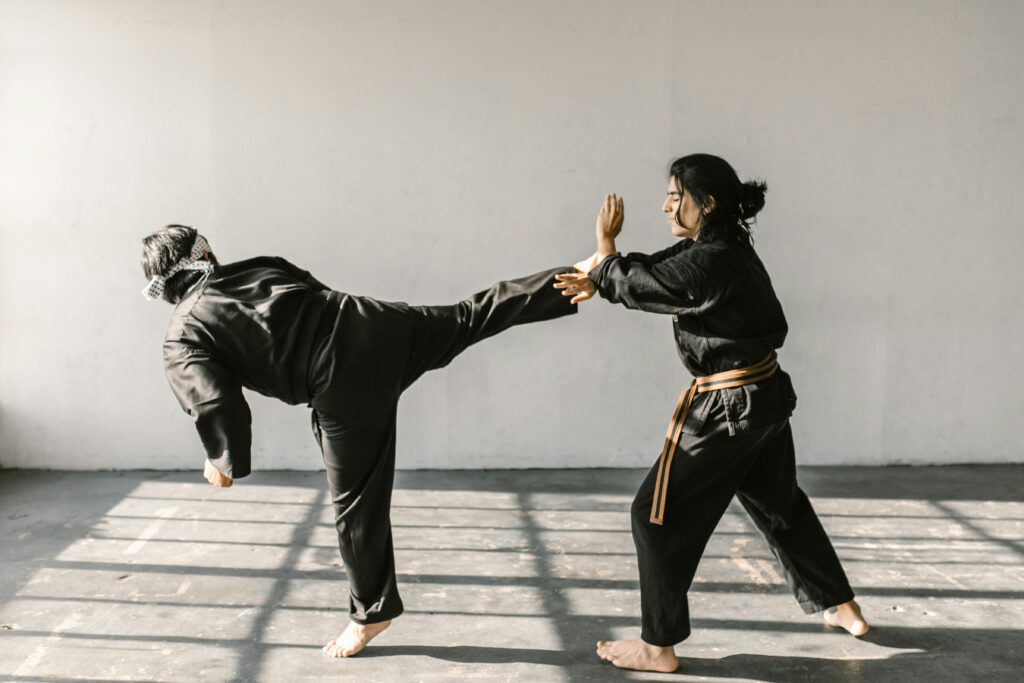
Self-defense is a valuable skill that can prevent harm in dangerous situations. Enrolling in self-defense classes can teach you effective techniques to protect yourself and possibly others. These classes provide physical training and help you develop situational awareness, which is critical in noticing and avoiding potential threats before they escalate.
8. Carry Legal Weapons

You probably read this and assumed I meant to carry a gun. Well, that’s up to you, but I know everyone isn’t comfortable with guns or has never even held one. Some other options for legal weapons include pepper spray, a stun gun, a baton, or a pocket knife. Before carrying any weapon, educate yourself on how to handle it safely and effectively. Also, check your local laws as they vary from state to state.
9. Learn the Heimlich Maneuver
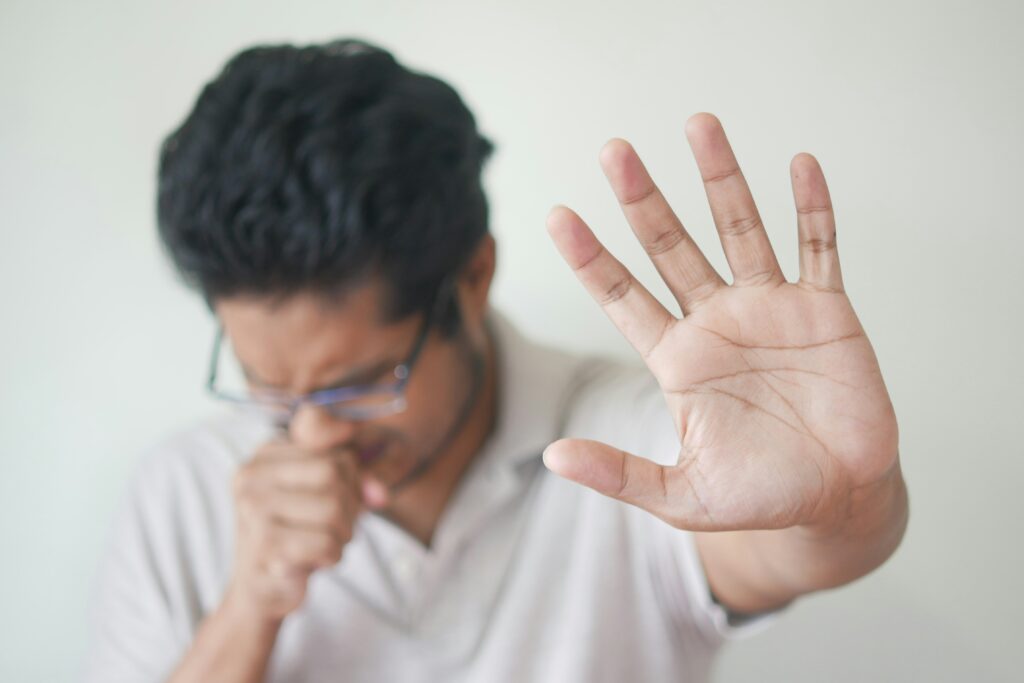
Did you know you can do the Heimlich on yourself? Choking can occur when you least expect it, and knowing how to perform this maneuver is a vital life skill. To perform it on yourself, place a fist slightly above your navel, then grasp your fist with your other hand. Thrust inward and upward sharply, repeating until the object is expelled. You can also throw your upper belly area against a table, chair, or a moving box, like in this scene from Sex and the City.
10. Know Your Neighbors
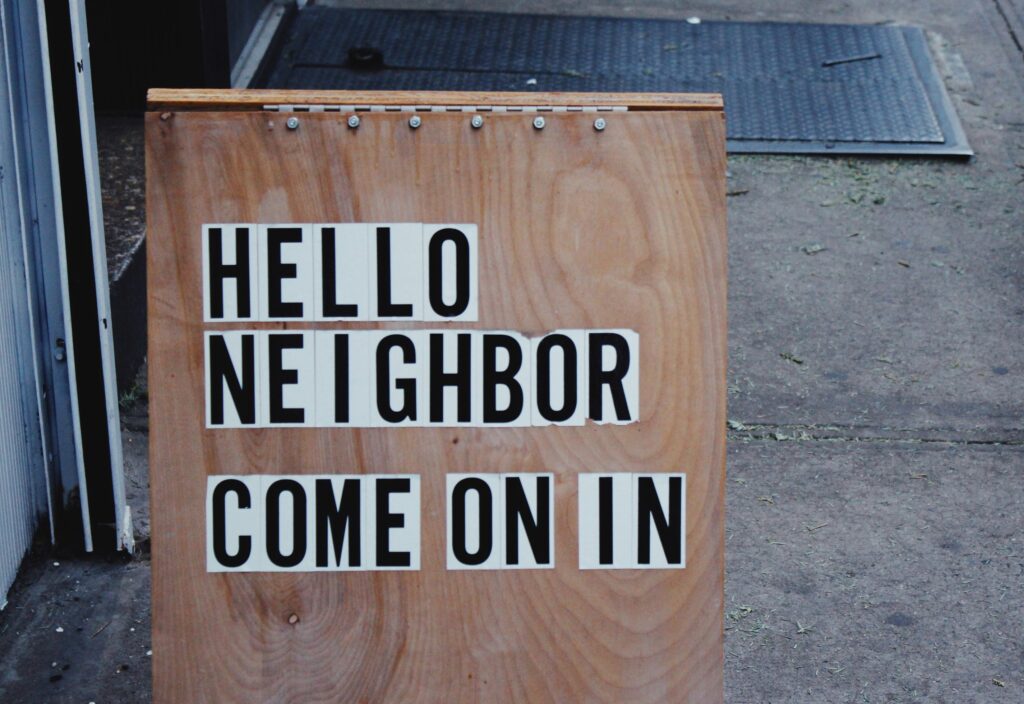
Building relationships with your neighbors can enhance your community’s safety. Neighbors can keep an eye on each other’s homes, offer help during emergencies, and provide valuable information about neighborhood safety. Participating in neighborhood watch programs or community safety meetings can strengthen local ties and collective security.
Now You Are Prepared

Adopting these ten safety steps can significantly enhance your preparedness for a range of emergencies, potentially saving your life or the lives of others. Remember, safety starts with awareness and preparation. Share this information to encourage your friends and family to adopt these practices. Stay safe, stay prepared, and let’s help each other build a safer community for everyone.
Read More
Health and Safety Regulations to Implement In the Workplace
Coaching Your Kiddo’s About Electrical Safety

